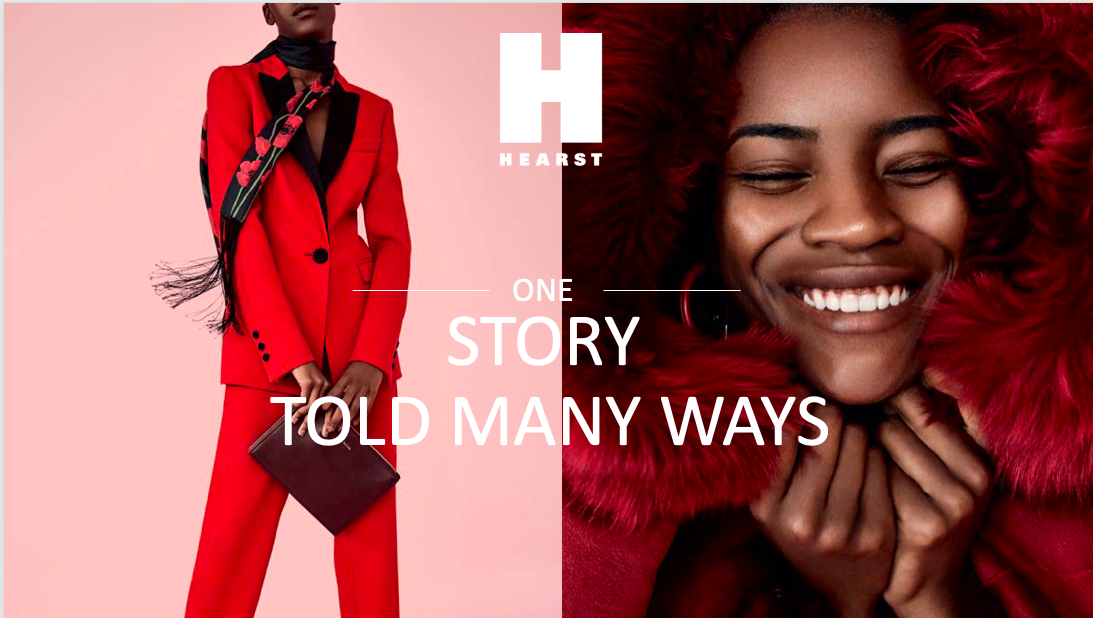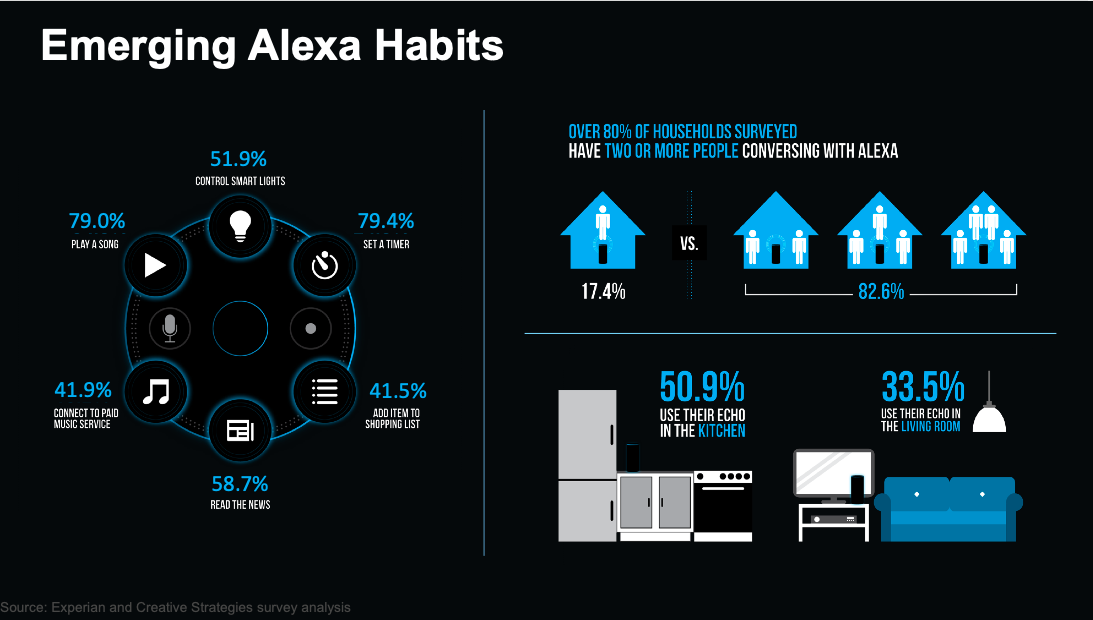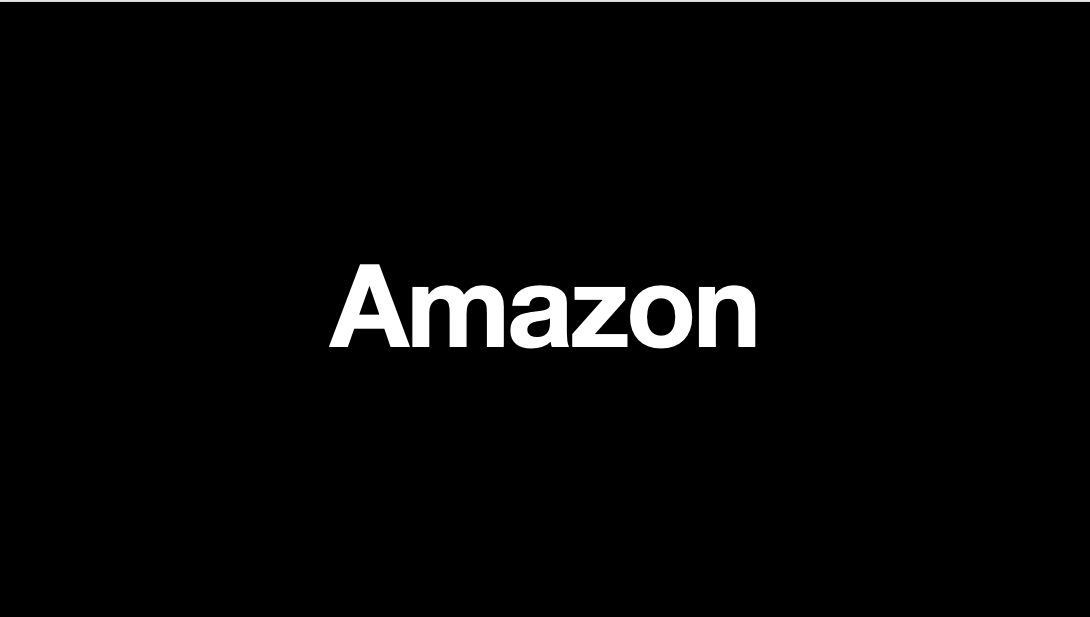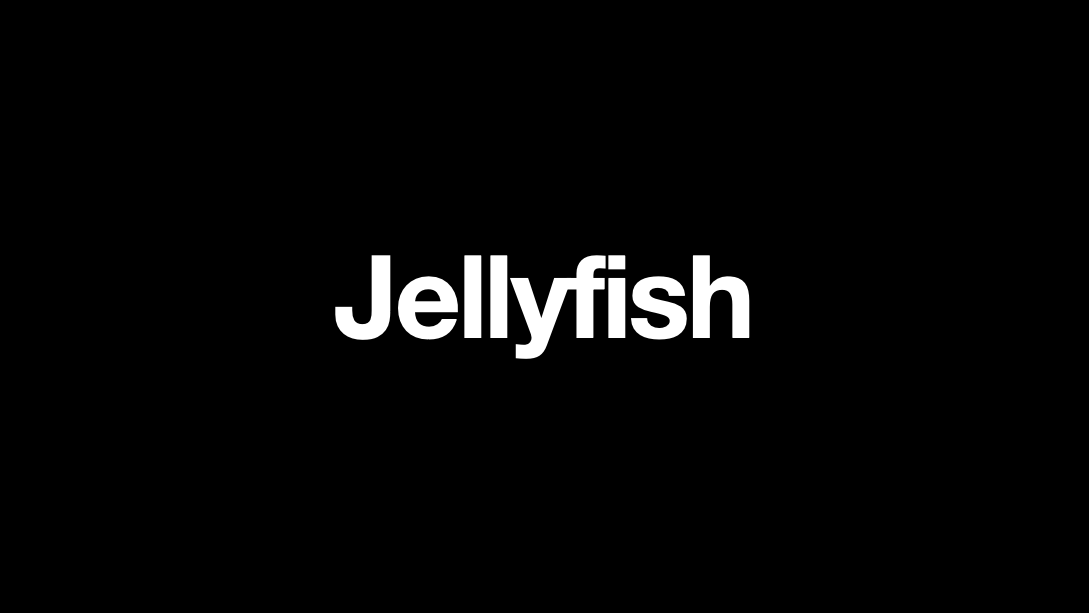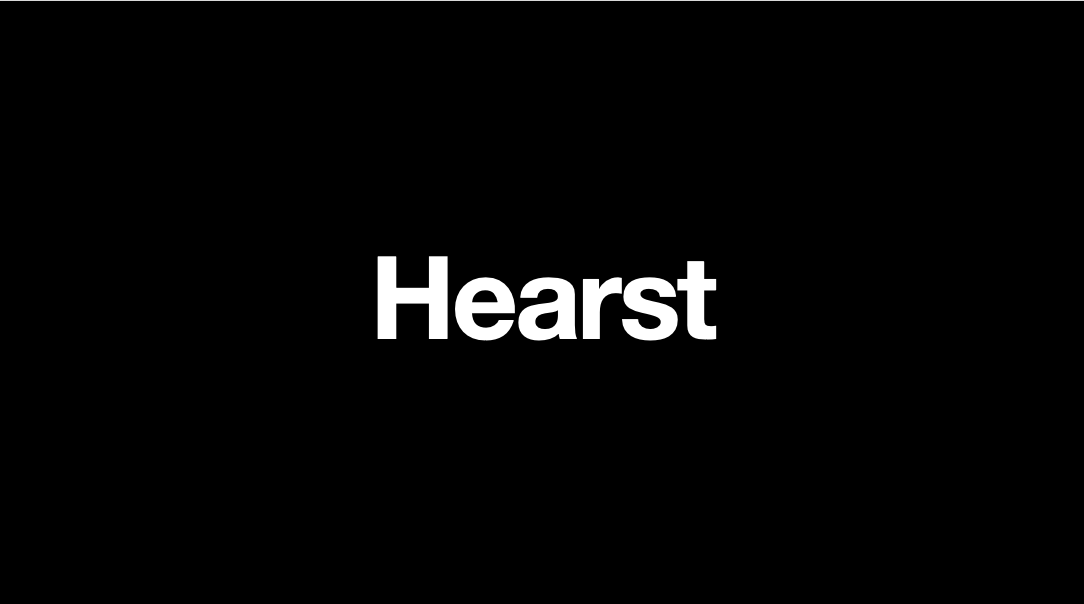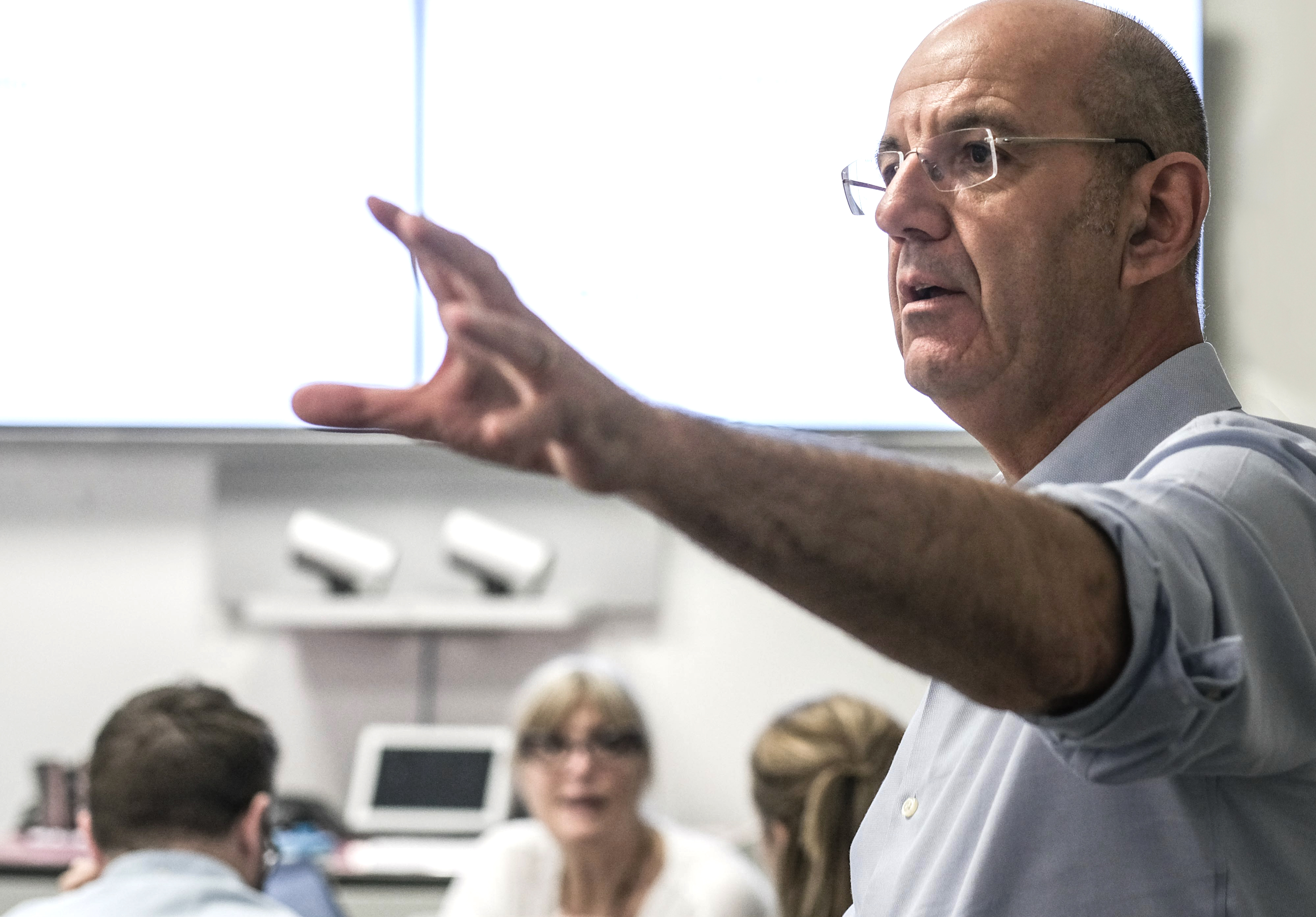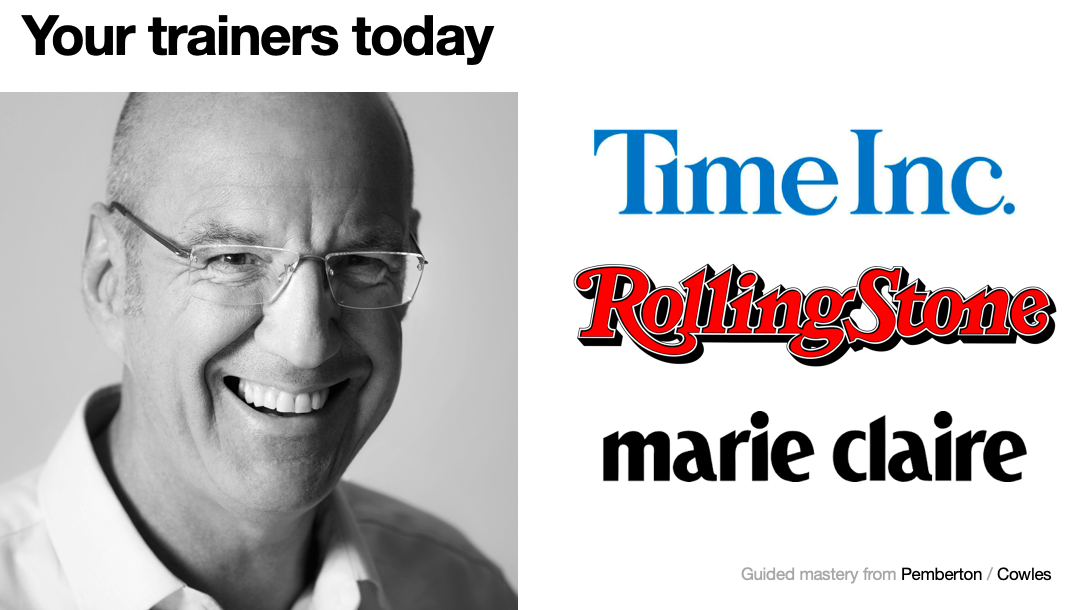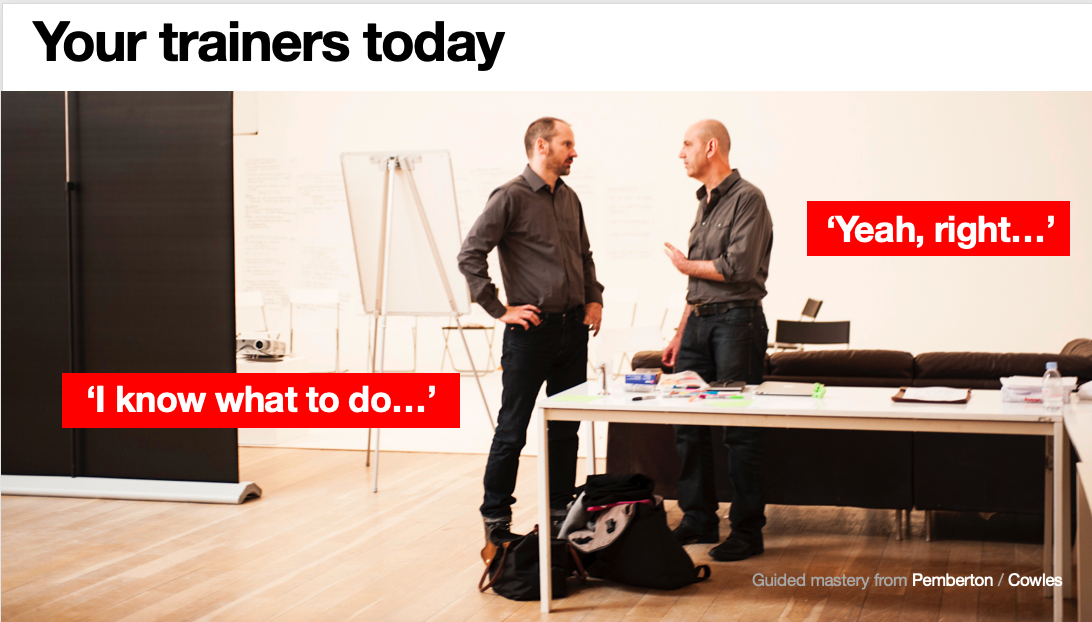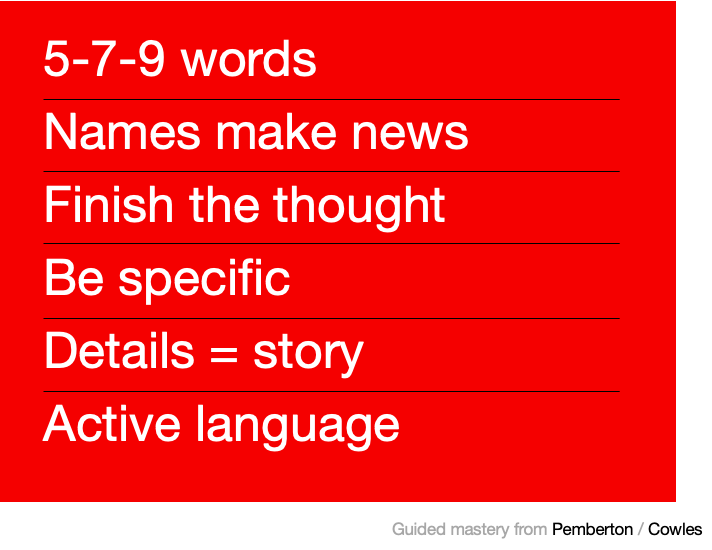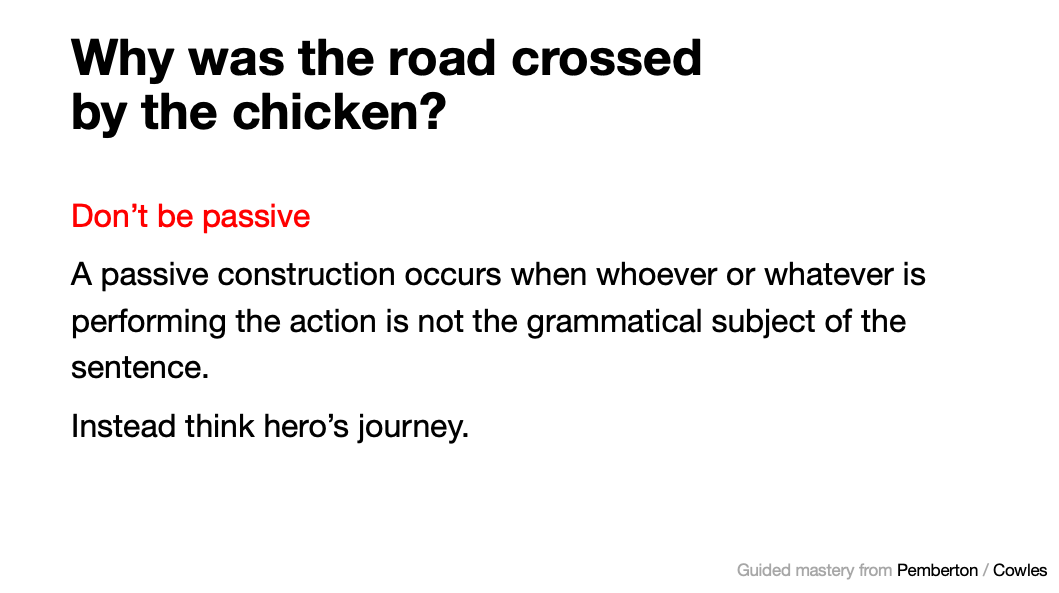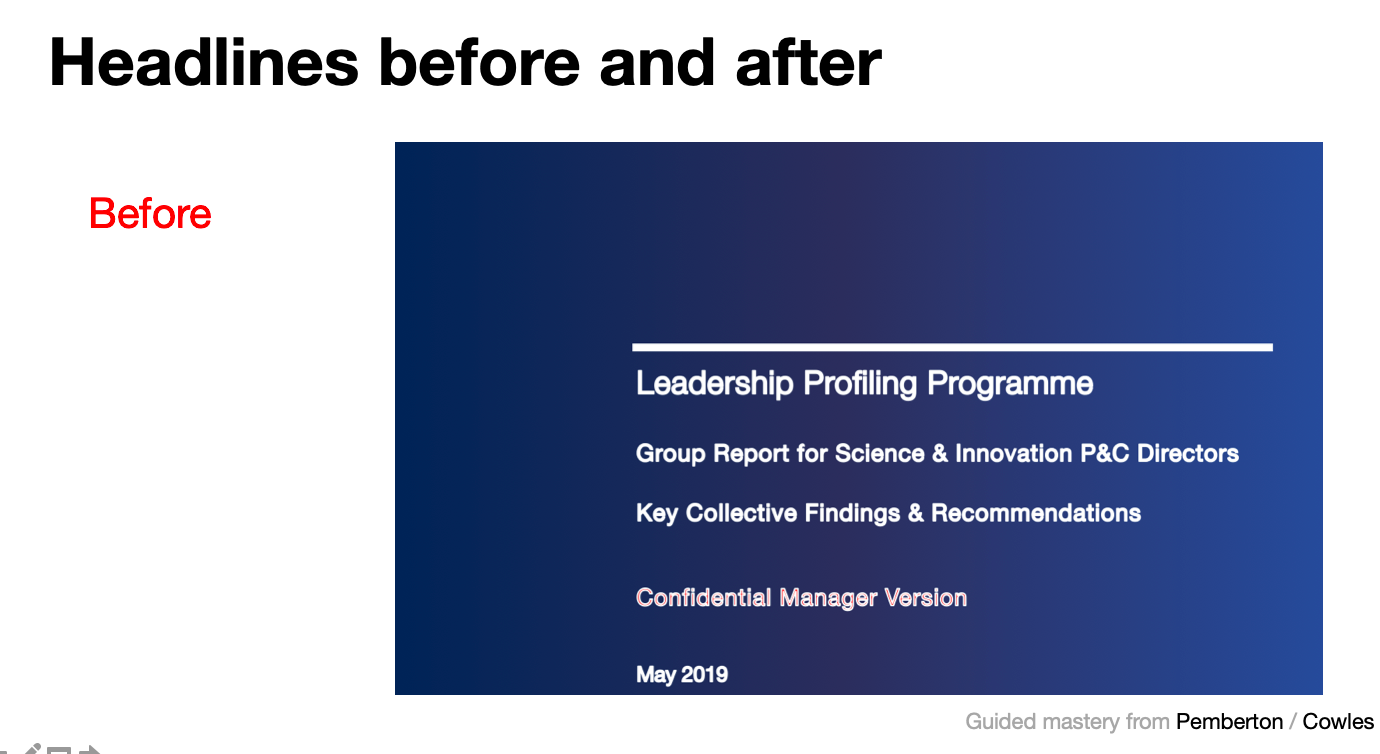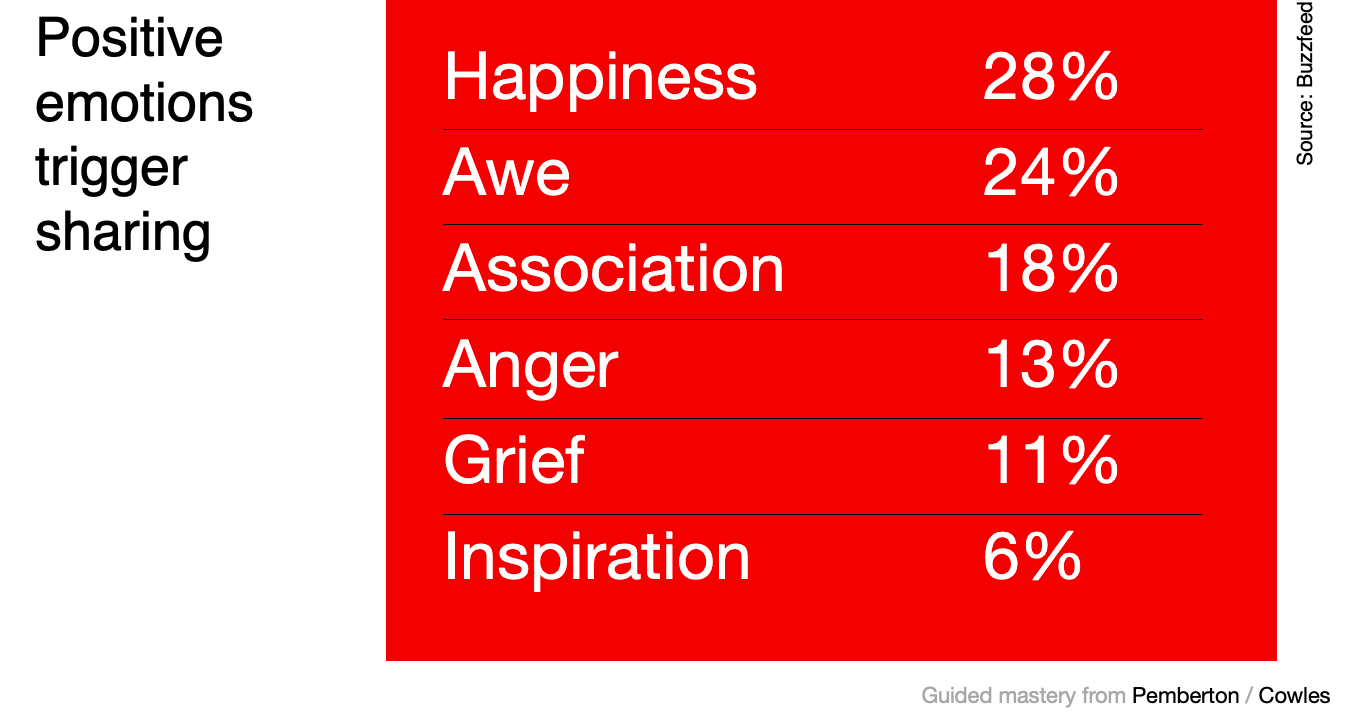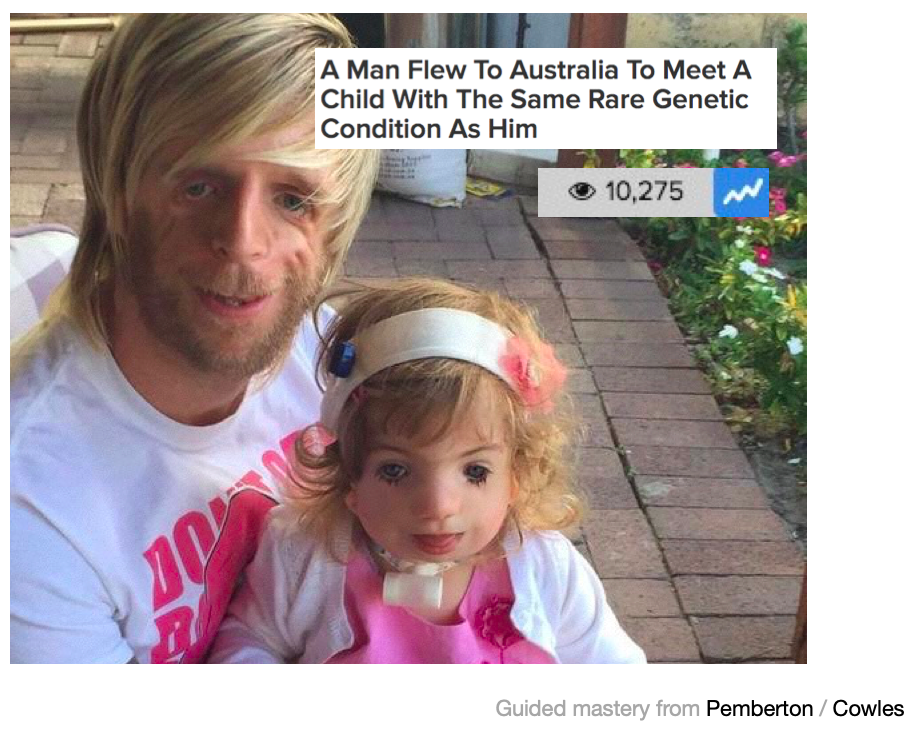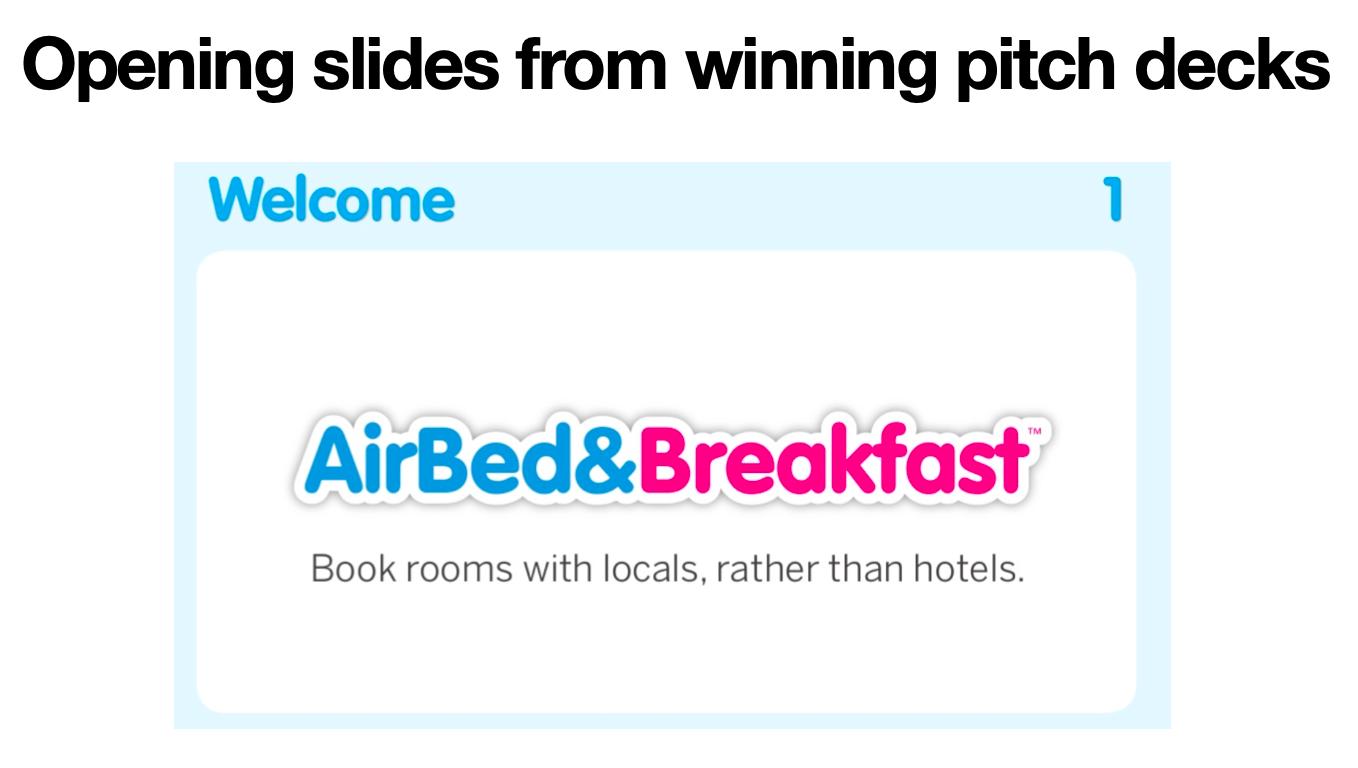Which email is “best”?
Hi Ella, Andrew,
I’m sure you’ve been inundated by media requests and freelance pitches, but before you dismiss this one, please give me a minute of your time by way of an introduction.
I’m a gadget magazine editor, having edited Stuff, T3 and, most recently, The Gadget Show magazine. During my tenure at Stuff, I took the magazine to an ABC of over 100K for the first and only time in its history, a circulation record that still stands. After decamping to T3, I set an ABC record of just shy of 61K, a record that’s also yet to be beaten. And having produced and edited The Gadget Show Magazine from scratch in just 6 weeks, it achieved 70%+ efficiency from nowhere on a 50k print run. I also held the position of freelance tech editor at Esquire for 5 years from 2001 to 2006, so I’ve worked with mainstream men’s media in the past.
I’ve just finished launching the T3 iPad edition, which was a ‘unique’ experience and am now decamping from Future Publishing after 4 years with a view to finding some new challenges.
What I want to know is: are you covering gadgets and technology? And secondly, do you need someone to make sure you’re at the cutting edge of technological innovation, and most importantly someone who knows how to pitch tech copy at a mainstream audience? Not to mention someone with all the right contacts to get the coolest kit before the rest of the press.
If so, I’m available at a time to suit yourselves to discuss further.
Kind regards,
Dear Andrew —
Congrats on Gaz7etta, the taster issue I saw showed real flair.
Are you looking for contributors? I’m the ex-editor of Time Out magazine and of the Saturday Times’s entertainment supps, and I still write about film for the Times. If you need a film reviewer, I am absolutely your man.
But I also have a suggestion for a weekly column.
I’ve played poker for seven years: in tournaments with world champions; in home games; through the night with hookers, lawyers, drunks and millionaires. I went freelance partly to indulge my passion, which is much more about people-watching than it is about the cards.
They call this “living the dream”. Or trying to. I’d like to write a weekly column about the people I meet, and the frankly bizarre situations I often find myself in. I’d also let Gaz7etta readers invite me to their home games.
And, along the way, I’d explore through the betting, bluffing and banter, what it is to be a man.
Interested? I can send you links to my poker articles in the national press, or even a chapter or two of a forthcoming book about my travels with poker. Or meet for coffee, and I’ll bring them along.
Look forward to hearing from you,
Posted in: Digital Training | Leave a Comment
Fix this Amazon slide
Never Lose Another Pitch: Amazon case study
Never Lose Another Pitch: Jellyfish case study
Never Lose Another Pitch: Hearst case study
Never Lose Another Pitch 12: the second most important slide in your deck
As we have discussed, the title slide is the most important slide in your deck. On tis slide you explain the takeaway for the entire presentation. It should be the conclusion of your presentation and offer the highest value at a time when everyone is paying attention.
It is worth repeating that your deck can only do so much. Do not regard it as the thing that will make a difference. If you have replaced the clients’ process with yours, you will have set up the deck as merely confirmation of what the prospective client already thinks: you are the winner. So all the deck has to do, is to not screw things up! If you are relying on the deck to win the day for you, you have already lost.
The next must-have slide, is your second slide. This summarizes your credentials. It answers the question everyone is asking after seeing your first slide: “who are these people?”
It is vital that you explain your businesses expertise credibly and succinctly. Too much time spent on this slide can have the opposite effect you are looking for: boring the client with a list of achievements they have not seen and frankly, do not care about. The best thing to do is to get in and get out. Three points is enough.
When design guru Andy Cowles and I train PowerPoint Mastery, this is what the creds slides look like:
The story is simple: we are experienced, there are two of us (unusual in training) and we have worked with lots of big brands. Once we have converted these ideas, we shut up and get on with the main event: the pitch.
Congratulations, you have made it to the pitching tipping point. After the prospective client has met you, completed your workshop, seen your opening slide and your creds slide, he or she has likely made a decision about whether you will win this pitch or not. Everything that follows will merely be confirmation.
Posted in: Infographic of the day | Leave a Comment
Never Lose Another Pitch 11: How to write a headline
When it comes to content, three things are important: the headline, the headline and the headline. But how do we know how to write good ones?
Here are some rules.
First, make sure you write the headline to the image. Another way to put this is make sure the headline and image have a relationship with each other. If the headline is about the cost of cheese, someone enjoying pricey cheese could be a good photo to go with it.
This sounds basic, but the ability to match a headline to an image is the foundational skill of all content. In business it is often done so badly that just matching one to the other will likely put you in the top 20% of practitioners.
But you do not need to take my word for it. Here is the producer of Carpool Karaoke on the topic of image and headline:
Next, make sure you are not using passive language. Different industries use different language styles: law, business, academia. In many cases they employ a passive construction so that the copy is cold and dispassionate.
If we want to engage people we need to use active language that is hot. This is usually plain English. To ensure your headlines are engaging start with the hero or anti hero of the story. When telling a joke, we start with the chicken, not the road.
Next, always always start at the end. The conclusion should be at the beginning. Remember, conclusions should be interesting. Perhaps a little controversial. Do not state the obvious. No one wants to read “business as usual” or “Man does job.” The best headlines answer the question “What are you telling me and why are you telling me now?” In other words, they score high for relevance, timeliness and exclusivity. Here’s how that works.
The best headlines are exciting, get you out of your seat and are self contained ideas. If for some reason, someone does not wish to read on, they have got the point of your presentation anyway.
It is safe to say that most people will either remember nothing of what you tell them or one thing. So build your presentation to land one big idea and put it on the opening slide. Once again, this game is zero sum. If you do not do that, you are blowing your big chance to make an impression.
Related stories
Never Lose Another Pitch: the critical importance of an unfair advantage
Never Lose Another Pitch 2: Positioning matters
Never Lose Another Pitch 3: how to successfully position your business
Never Lose Another Pitch 4: know your clients’ one true customer
Never Lose Another Pitch 5: discover the “real brief”
About the author

My name is Andy Pemberton. I am an expert in data visualization. I guide global clients such as Lombard Odier, the European Commission and Cisco on the best way to use data visualization and then produce it for them: reports, infographics and motion graphics. If you need your data visualized contact me at andy@furthr.co.uk or call 07963 020 103
Posted in: Infographic of the day | Leave a CommentNever Lose Another Pitch 10: the critical importance of the title of your presentation
You might say they rule the world. “Build that wall – and make Mexico pay for it”. “Take Back Control.” “Bollocks to Brexit.” These are headlines and they are shaping our world.
Eye tracking surveys confirm that everyone reads a headline. About 60% of readers get a third of the way through an article, while only 10% get to the end.
And yet, many presentations leave their best stuff in the conclusion, towards the end of the presentation – by which time everyone has switched off.
The main reason for this is college. At Uni we learn academic language. We are encouraged to analyze, generalize and sum up. None of these things work in a setting that requires audience engagement. Talking with a book editor recently, I saw a sign over her desk. This is what it said:
No abstraction. No generalization. No summary. No analysis. No interpretation.
All these are death to engaging storytelling. And story telling matters. I can prove it. Look at these two stories on Buzzfeed and make a note of how many people clicked on them.
There is an exponential difference in how many folks engaged with one compared to the other. Why did so many more people respond to the headline with “from Yorkshire” in it?
Clearly Yorkshire is a long way from Australia. So the hero of the story must have cared a lot to make such a long journey, the furthest you can go on planet earth. As Benjamin Franklin said, “No one cares what you know until they know that you care.”
Something else to note is the structure of the headline.
This headline shares something in common with Odysseus, Lord of The Rings and Die Hard. It starts with the hero and conforms to the oldest of story telling structures of all, the hero’s journey.
If you start with the hero and add detail that provides emotion, your presentation will come alive form the opening slide.
And headlines are a zero sum business. If you do not open on a snappy conclusion and then use your presentation to prove your point, you are on your way to defeat. The numbers do not lie.
Posted in: Infographic of the day | Leave a Comment
Never Lose Another Pitch 9: before you build the pitch deck, do this
 By now you should have written the line under your logo on your website, that establishes your expertise in the mind of the potential client. You should have buttressed that expertise with White Papers and articles, and made yourself approachable and seem empathetic with plenty of contact with the prospective client. If all is going well, the client should’ve tipped you the wink that you are the most favoured candidate in the pitch.
By now you should have written the line under your logo on your website, that establishes your expertise in the mind of the potential client. You should have buttressed that expertise with White Papers and articles, and made yourself approachable and seem empathetic with plenty of contact with the prospective client. If all is going well, the client should’ve tipped you the wink that you are the most favoured candidate in the pitch.
Only now are you are ready to put together your pitch presentation. I am now going to focus on helping you build a winning pitch deck.
The first thing to be clear on, is that the pitch deck will not win the pitch for you. It is merely confirmation of your advantage in this pitch process. Ideally you would not need it, but some firms insist on this kind of process. The job of the deck then is not to win, but not to lose your advantage.
First assemble a team. Every effective creative team I have ever worked in, took the form of a family. At its head were a Mum and Dad, two creatives with different but complementary skill sets. A designer and a writer for instance. A screen writer and a director. The creative world is full of such team ups. Sometimes one is a creative and the other is an editor who recognizes genius in the the chuff. This is sometimes called “one to spout and one to spot.”
You will need a clear view on what the real brief is. You should have a pretty good idea what this is after talking to the client so often before the pitch began. Similarly you should understand your prospective client’s audience, what you are offering them (benefits) and the tone of voice you are going to use.
I am often asked how long a presentation should be. The answer is 20 minutes. That is roughly how long it took Watson and Crick to explain DNA, the building block of life. If they can do it in 20 mins, so can you.
The truth is people’s attention spans are very very short. After twenty minutes, no one in that pitch is listening to a word you are saying. Some think it is more like ten, Dave Hepworth, one time editor of Smash Hits and presenter of the Old Grey Whistle Test told me it was more like two minutes.
For this reason it is vital all your good stuff comes at the start. If it is really good, you can repeat it at the end. It is my certain belief that the decision is made on your presentation three slides in. (And if I am brutally honest, I suspect it is made on the opening slide.)
So make sure you start with your conclusion, your big idea, the takeaway. The opening slide is the one where everyone is paying a attention, so give it everything.
Posted in: Infographic of the day | Leave a Comment
